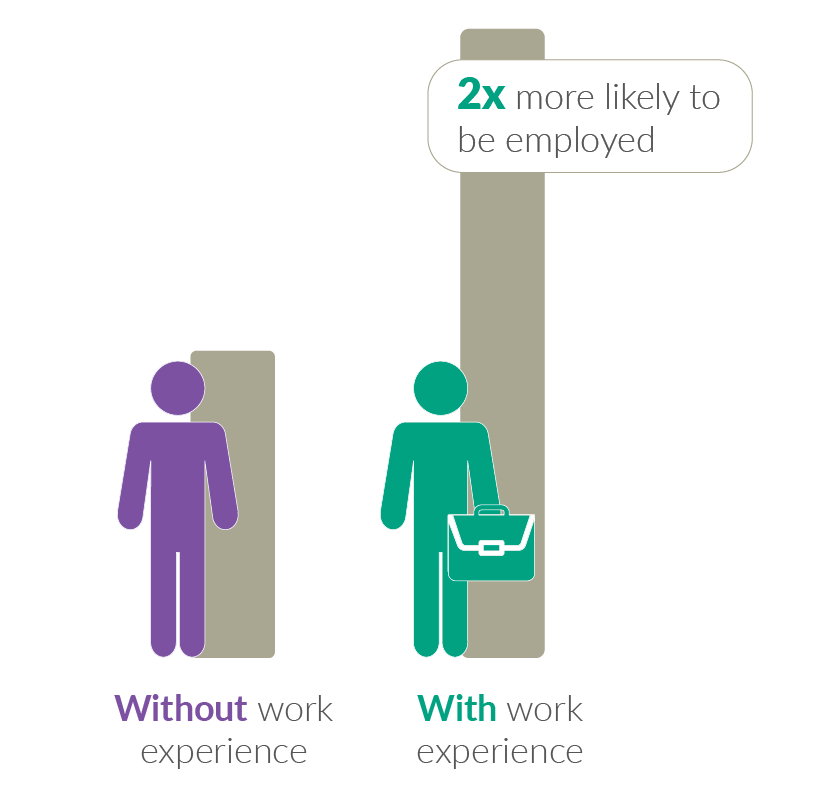

SA Youth connects young people to work and employers to a pool of entry level talent.
Are you a work-seeker?
Recent research, however, shows this is not the case. First time work-seekers, especially those from poor households, are rarely securing long-term, permanent employment. This research suggests that getting a first job does not guarantee a move into ongoing and stable employment. Young people are often in for bumpy ride as they enter in, fall out of, and bounce back into the labour market.
This poses policy and on-the-ground challenges of equipping young people to ‘bounce back’ into the next opportunity when a short-term work experience comes to an end. The evidence shows that this is much harder for first-time work-seekers as compared to those with prior experience.
This edition of Breaking Barriers explores this bumpy ride. It draws on evidence from four data sets: (1) Harambee’s engagement with a network of over 650,000 young work-seekers, (2) longitudinal analyses from the South Africa National Income Dynamics Study (NIDS), (3) taxpayer data from the South African government’s National Treasury, and (4) a recent study completed by Eliana Carranza (World Bank), Rob Garlick (Duke University), Kate Orkin (Oxford University), and Neil Rankin (Stellenbosch), in collaboration with the Abdul Latif Jameel Poverty Action Lab Africa office.




Statistics South Africa’s Quarterly Labour Force Survey (QLFS) employment rate for youth (18 – 34 year olds) fell to 47,7% – the lowest in four years. Harambee’s employment rate increased to 9% this quarter; in part driven by increased hiring for jobs in retail and hospitality ahead of the summer holidays in South Africa. This however is a very modest improvement from the previous quarter, and is not enough to absorb the 2.3% increase in unemployed youth and 2% increase in discouraged work-seekers.

In tracking the employment journeys of young people over time, a Harambee analysis for 150,000 work-seekers finds that typically only one in five find work that is longer than three months in duration. An additional one in four find erratic work that is of an even shorter duration.
This insight is supported by company data submitted to the South African Revenue Services on the income tax that they pay for employees which shows that only half of annually registered jobs are “stable” from one year to the next (i.e. the person who has a job was in it in the previous year and will continue to be in it in the current year.) We see that less stable jobs are characterised by lower levels of pay and accessed by youth with fewer skills and experience.
Figure 1: Only one in five young work-seekers find work longer than 3 months in duration

The longitudinal National Income Dynamics Study finds that having some work experience more than doubles the likelihood of being employed for more frequent durations. It also finds that a work-seeker who is young, female, and from a poor household or lives in rural area, has less than a 25% chance of finding sustained employment without some prior work experience. This is as compared to males from urban areas with more household income who have a 37% chance in comparison.
The NIDS data shows that other factors can count, too. Access to household income (which can support the costs of job search) increases the likelihood of being in a job for longer than three months by 5%. Harambee’s data shows that good communication scores on assessments increases the likelihood of being in a job for longer than 3 months by 4%.
Figure 2: Having some work experience more than doubles a young work-seeker’s likelihood of being employed

The realities of a rapidly changing labour market is no longer just about getting young people into a first job. We must support the conditions for them to remain employed, and more importantly, understand the interventions required to help them bounce back when they fall back into unemployment. More research is required in this area as well as policy interventions that better respond to the realities of young people regularly bouncing in and out of work.

Pathway management platforms – which support young people beyond just a match to a job – are needed to catch young people when they are out of employment, education, and training systems. A holistic approach to pathway management can improve young people’s ability to see what can come next and how they can get there. The Presidential Jobs Summit adopted Harambee’s Pathway Manager as a national solution that can partner with others to create opportunities for unemployed youth across the formal and informal economy.
